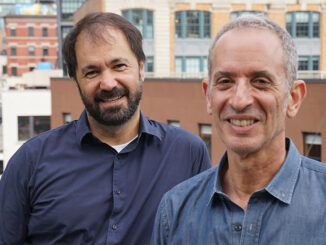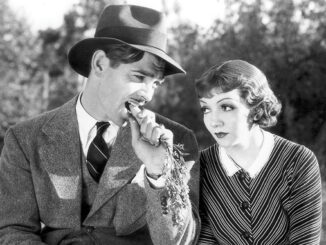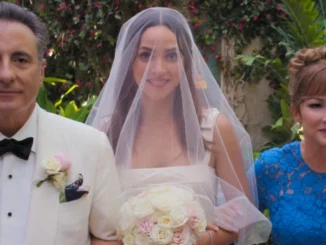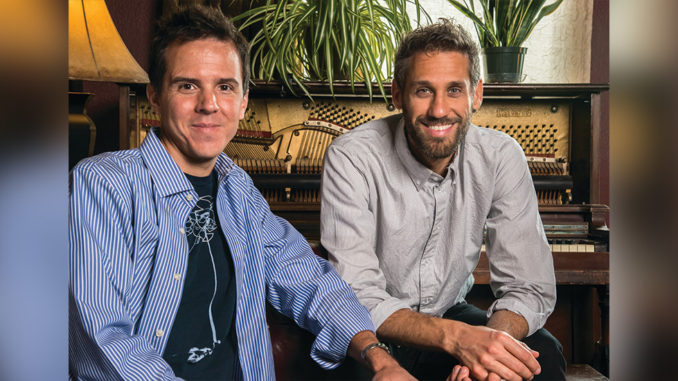
by Edward Landler • portraits by Wm. Stetz
In the first of a recurring series on the infinite possibilities of creative collaboration between Editors Guild members and other industry professionals, CineMontage explores two contrasting teams of music editors and the differing ways they worked together with their composers and music supervisors.
These teams have created two very different soundtracks for two very different new motion pictures: Gore Verbinski’s re-telling of The Lone Ranger, a big-budget epic Western with Johnny Depp as Tonto and Armie Hammer as the masked man of justice, which opens July 3 through Walt Disney Studio Motion Pictures; and the first directorial effort of The Descendants’ co-writers Nat Faxon and Jim Rush, The Way, Way Back, a low-budget contemporary comedy-drama opening July 5 via Fox Searchlight Pictures with a cast that includes Steve Carell, Toni Colette, Maya Rudolph and Sam Rockwell.
The Way, Way Back
The key musical collaborators behind The Way, Way Back’s coming-of-age story set around a vacation water park were music editors Erich Stratmann and Jon Mooney, composer Rob Simonsen and music supervisor Linda Cohen, who was the first of the team to join the project. “When a film requires clearances before shooting, music supervisors come in during pre-production,” Cohen explains.
To reflect the generational attitudes and concerns of the younger and older characters depicted in the film, a host of popular songs are heard — from classics by REO Speedwagon, INXS and Mr. Mister to recent work of indie bands like Army Navy, Future People and Young Galaxy. By the time of the final mix, 24 songs were in the movie, including opening and end title songs written and performed by Edie Brickell.
“All the decisions on the popular songs were made by the directors and Linda,” composer Simonsen noted. When Faxon and Rush had ideas about what songs would fit the needs of specific scenes, they would bounce their ideas off Cohen and she would determine the costs to see if they could get the rights to use them within their budgetary limitations.
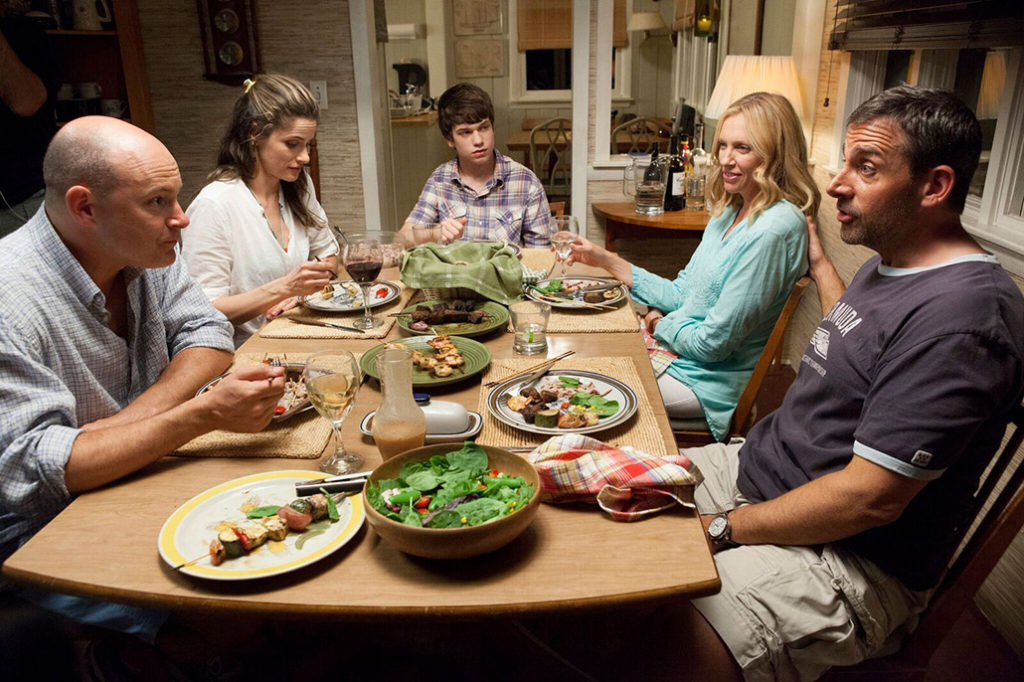
Photo by Claire Folger.
Courtesy of Fox Searchlight Pictures
Currently working with a music editorial company based on the Warner Bros. Studio lot, Mooney was brought on to create the temp score after shooting was completed. Picture editor Tatiana S. Reigel had gotten a tight cut together and he prepared the temp over four weeks last October. Pressure was already building to have the picture ready for submission to Sundance. “When time is an issue, the temp becomes a strong factor to help reach final delivery,” Mooney says.
While there was no official spotting session, the editor and directors would meet with him in his room at Warners to create a temp score to match the kind of voice the movie needed to have. “They created some montages that required several song options to cut to the picture,” Mooney recalls. “I also drew music for the temp from several different composers that had the right tone for the movie.”
Among the material used on the temp was music by Simonsen, who composed original music for Seeking a Friend for the End of the World (2012). Mooney had also worked on that show as music editor.
“When I first saw the rough cut, I knew it shouldn’t be big orchestrally: no strings, just piano, guitar and percussion here and there,” the composer says. “The songs affected my score; they imparted a certain vibe and helped me make sure it was all clothes from the same closet.”
Praising Mooney’s temp score as a road map, he continued, “There was an energy in certain ways Jon handled the temp that showed possibilities of things. A lot of the in and out points of cues even stayed intact, but the final score is never like copying the temp.”

Courtesy of John Mooney
Simonsen brought in Stratmann as music editor and Mooney passed on to him the files from his Pro Tool sessions. “It’s par for the course sometimes for the temp score editor to leave and for another music editor to come on for the final score,” Mooney explains.
Simonsen and Stratmann had worked for months together last year on Ang Lee’s Life of Pi, for which the composer had contributed additional music. Says Simonsen, “On Pi, with an assistant, I had built a Google doc similar to an online Excel doc to streamline the workflow management. Erich has a remarkably logical and creative mind. He modified it and came up with the most incredible score-organizing document I’d ever seen.”
Stratmann continued to refine and improve on that program and it became the basic tool for the music on The Way, Way Back. “It has multiple pages — a page for spotting notes, an orchestration page, a picture version and notes page — and allowed for specific changes to appear on every page,” Simonsen relates. “It tightened up the process by encapsulating everything Erich and I needed. Everybody down the line could see in real time what was happening and what needed to be done at any given time.”
The concept of the score and most of the songs were set by the time Stratmann joined the team, but he also became heavily involved in song replacement. Spending most of his time with Faxon, Rush, Reigel and Cohen, the music editor viewed another part of his job as facilitating communication between the composer and the picture department.
“Rob is extremely talented at creating a novel voice — infusing his musical creations with individuality via his melodies and instrumentation,” Stratmann offers. “I translated to him the producers’ and directors’ notes for cue changes. By the same token, Nat and Jim and the producers made their decisions based on input from Tatiana, Rob and me.”
Simonsen and Stratmann had one full spotting session to discuss every piece of music with the producers, directors and editor, and that served as a blueprint all the way through to the final mix. As work progressed, questions continually arose about how to use the music in a scene, and Stratmann would demonstrate how each choice or suggestion worked and sounded. “I made the possibilities concrete so that formal decisions could be made,” he says.
“I trust Erich’s editing,” Simonsen adds. “He’s fast and musical with a good sense of scoring and emotions for the score. We have similar tastes and thoughts about things.” Of the roughly hour’s worth of music in the 103-minute film, about a third is original score and two-thirds are songs — either played over montage sequences or heard as source music or as an actor singing lyrics to himself in a scene.
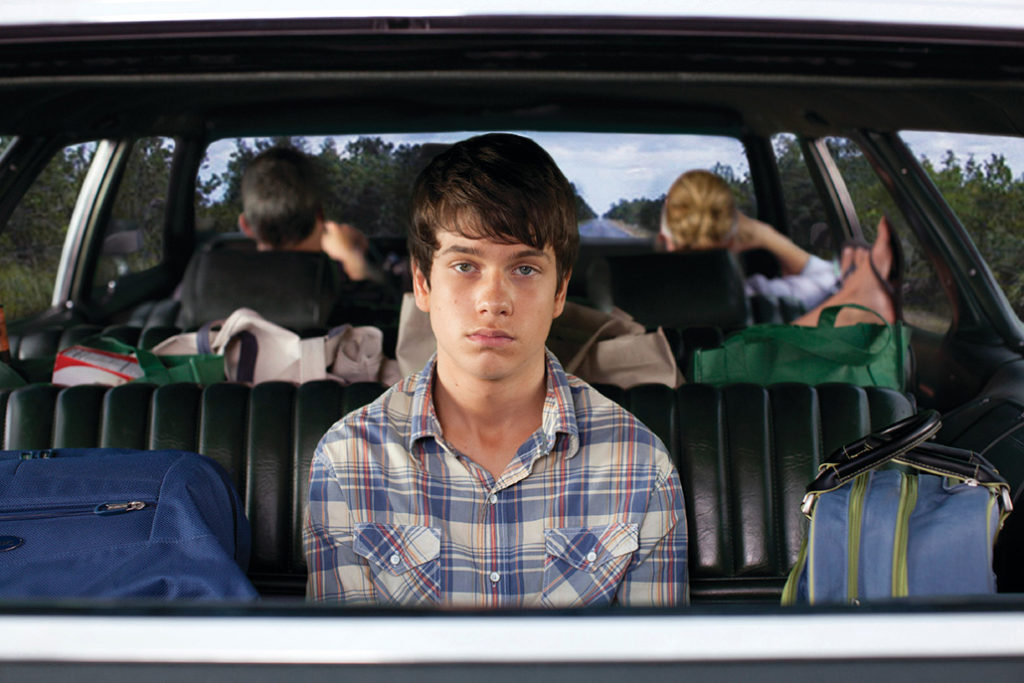
Simonsen prepared the stems and tracks of the score at his Frozen Light Studio in Hollywood for the final dub, as well as for a soundtrack CD to be released by Columbia Records. Then Stratmann and re-recording mixer Patrick Cyccone, Jr. took the material into the final sound mix where the music editor, acting as the composer’s representative, responded to last-minute changes.
Crucial to delivering the score on the picture’s tight, low-budget schedule was the friendship among the collaborators and their belief in the film. “It was a project dear to our hearts,” says Cohen. “And we’re all very fond of each other.”
The Lone Ranger
If the two music editors on The Way, Way Back passed the baton of responsibility from the temp to the final score like members of a relay team, the four music editors on The Lone Ranger might be seen as a double tag team. On the show from pre-production to finish was one pair of music editors, Kenneth Karman and Peter Oso Snell, working out of editing rooms at Sony Studios. When composer Hans Zimmer started on the project, he brought with him his own crew, including music editors Bob Badami and Katie Greathouse, and worked from his Remote Control Productions facility in Santa Monica.
Following the usual schedule for a major, big-budget project, Karman and Snell began prepping the show well over a year ago during pre-production. Working from the script, they edited together suites of music and soundscapes to give director Verbinski a general overview of possible music for the temp score. They used various existing sources for period folk music, sweeping Western-style music and small rhythmic cues.
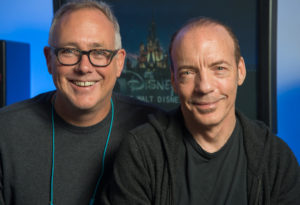
In November of last year, they came on full-time to start temping their cues to what had already been shot, meeting regularly with the director and picture editors James Haygood, A.C.E., and Craig Wood, A.C.E. Except for Haygood, they had all worked together on the animated feature Rango (2011). The music editors at Sony also prepared the source material that required playback on the set while filming (a piano playing in a saloon, a calliope for a carnival scene, etc.), some of which had been recorded for the temp score.
Noting the director’s hands-on approach to the music, even at the temping stage, Karman says, “Gore is very passionate about music. The challenge in creating the temp score for this film was to strike a balance that paid homage to the genre while still making it clear that this was not your grandfather’s Long Ranger. The interweaving of drama and comedy was also particularly tricky.”
“Gore will literally walk you through the emotional beats of each scene,” adds Snell. “This was invaluable in helping us build a temp score that could function as a real point of departure for he and Hans to discuss the musical needs of the film.” Asked about the dangers of “temp love,” he offers, “Even the best temp should function only as a road map.”
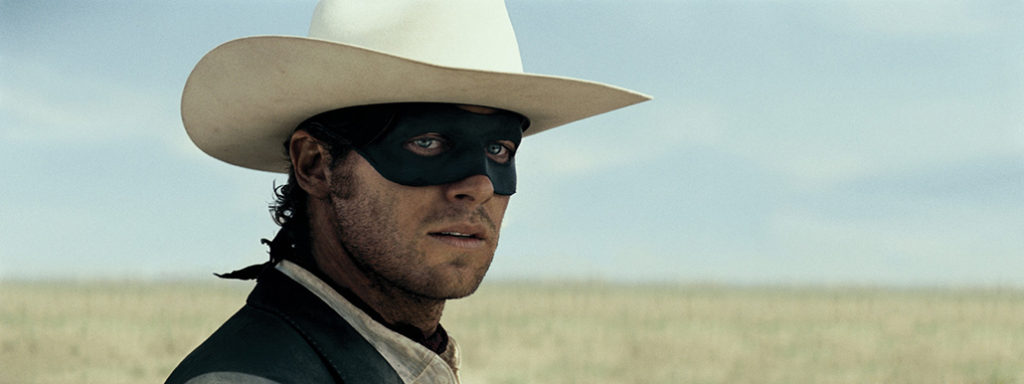
The scope of the picture was well served by the close working relationship that Karman and Snell developed over the course of production and into post. “Mostly I sit behind Pete and bark at him,” says Karman. “Aside from being my entire left brain, he’s extremely talented. In the case of The Lone Ranger, he and I found it more productive to work together, rather than editing in isolation and having to reconcile a bunch of mismatched ideas after the fact. It was more fun that way too.”
Snell agrees. “We tend to leap-frog quite a bit,” he explains. “I’ve never experienced this level of partnership and collaboration. We both have our strengths. Ken, with his many years of experience, keeps an eye on the 10,000-foot view. While I’ll be exploring an idea, he’ll guide a path for the idea. He has the ability to see the specific situation as the themes emerge throughout the entire picture.”
Composer Zimmer began to formulate thematic ideas for the movie at the beginning of February. By the end of the month, his organization was fully involved in the project with his chief “music wrangler” Badami serving as liaison between Zimmer’s company and Verbinski’s music editors. “You can’t overstate Bob’s importance in the process,” says Karman of his close friend of over 35 years.
“Ken and I started out together and friendship is helpful where constant communication is a necessity; it goes beyond the music,” Badami acknowledges. “For me, the equivalent of Pete Snell to Ken at Remote Control is Katie Greathouse. She was my assistant for seven years and now she’s more of an equal.”
Greathouse, who has moved into full music editing, adds, “We’ve all known each other for so long; it’s been really easy to keep everybody on the same page.” While this is the first time she has worked directly with Karman and Snell, the latter had also worked four years at the Zimmer camp as technical manager before becoming a music editor.
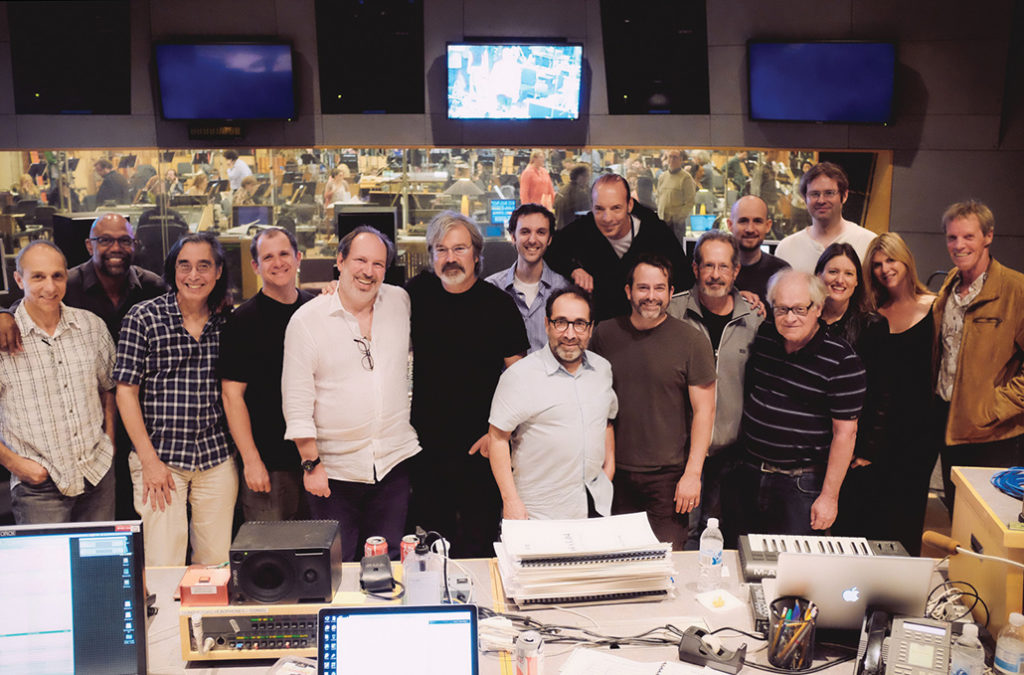
Supporting the composer’s work at Remote Control, along with Badami and Greathouse, were three people in tech support, five orchestrators with three assistants, a team of five musicians (apart from the orchestra) coming and going, and two rooms of mixers with another set of seven orchestrators. As Badami points out, “The web is quite large.”
Throughout the scoring process, the key personnel — director, composer, the four music editors and the two picture editors — would meet two or three times a week to discuss each piece of music and its specific use, arrangement and orchestration.

With the release date for the movie looming, Badami and Greathouse managed the production of the music, doing the mixdown and delivery of the stems and tracks to the dubbing stage. Karman and Snell remained close to the cutting room, dealing with musical issues as they arose on the dubbing stage or in the edit suite during the final cut of the film. When this process resulted in a conceptual or technical change in the score, word was communicated to the composer and his team through Badami and Greathouse.
And what about the thrilling chords of Rossini’s William Tell Overture that stirred audiences who tuned into the original Lone Ranger radio show from 1933 to 1954 and the ABC television series from 1949 to 1957? That must have been an intense subject of discussion among the key collaborators on the movie. Did that music make it into the soundtrack?
“You’ll have to buy a ticket to find that out,” laughs Karman.
In summing up the collaborative methods that went into creating the music for The Lone Ranger and The Way, Way Back, their differences hinged on the contrasting scales of the films. Despite the teams’ varying approaches, however, their achievements as collaborators depended equally upon the personal rapport they established among themselves as professionals and friends.



